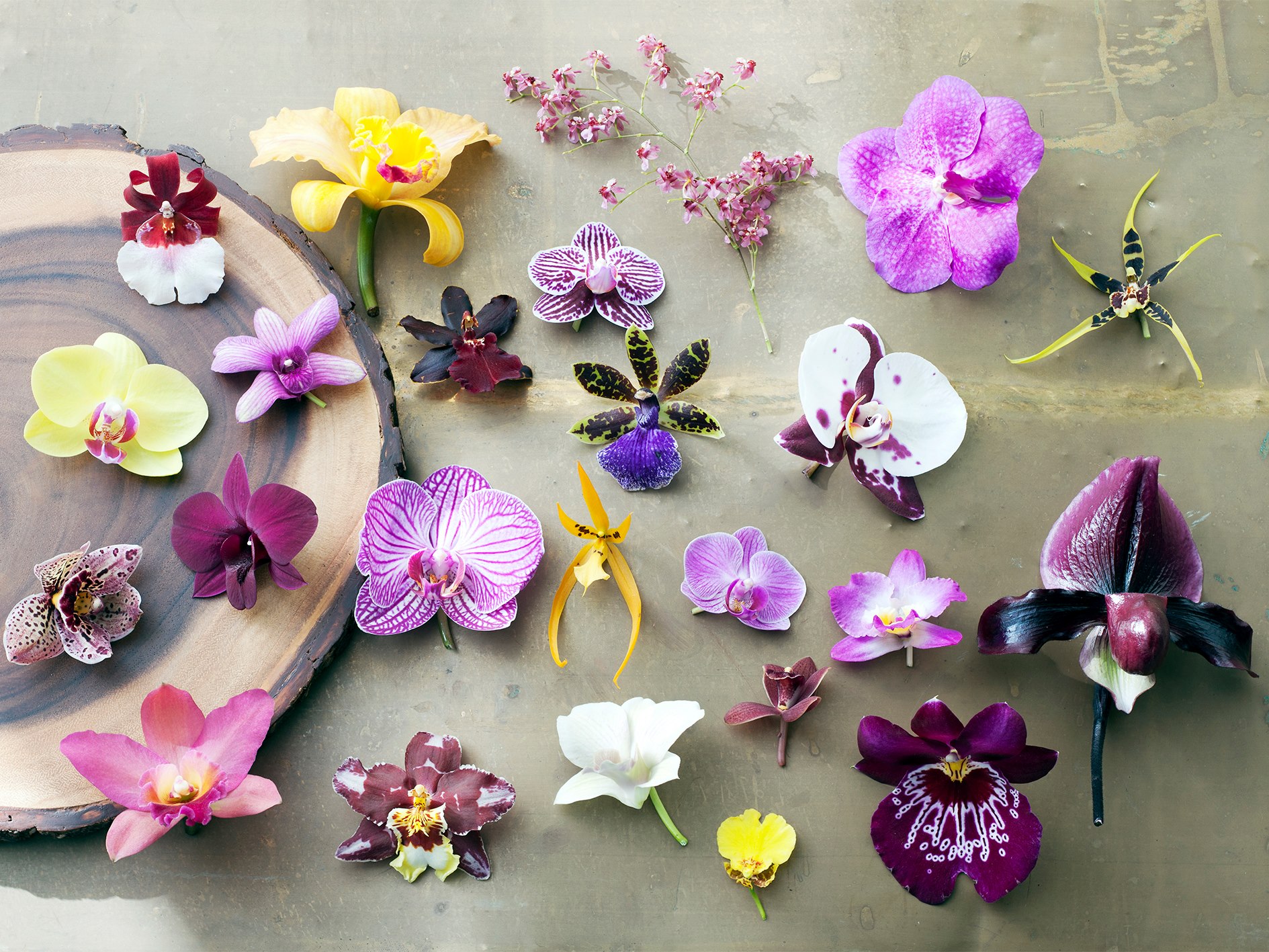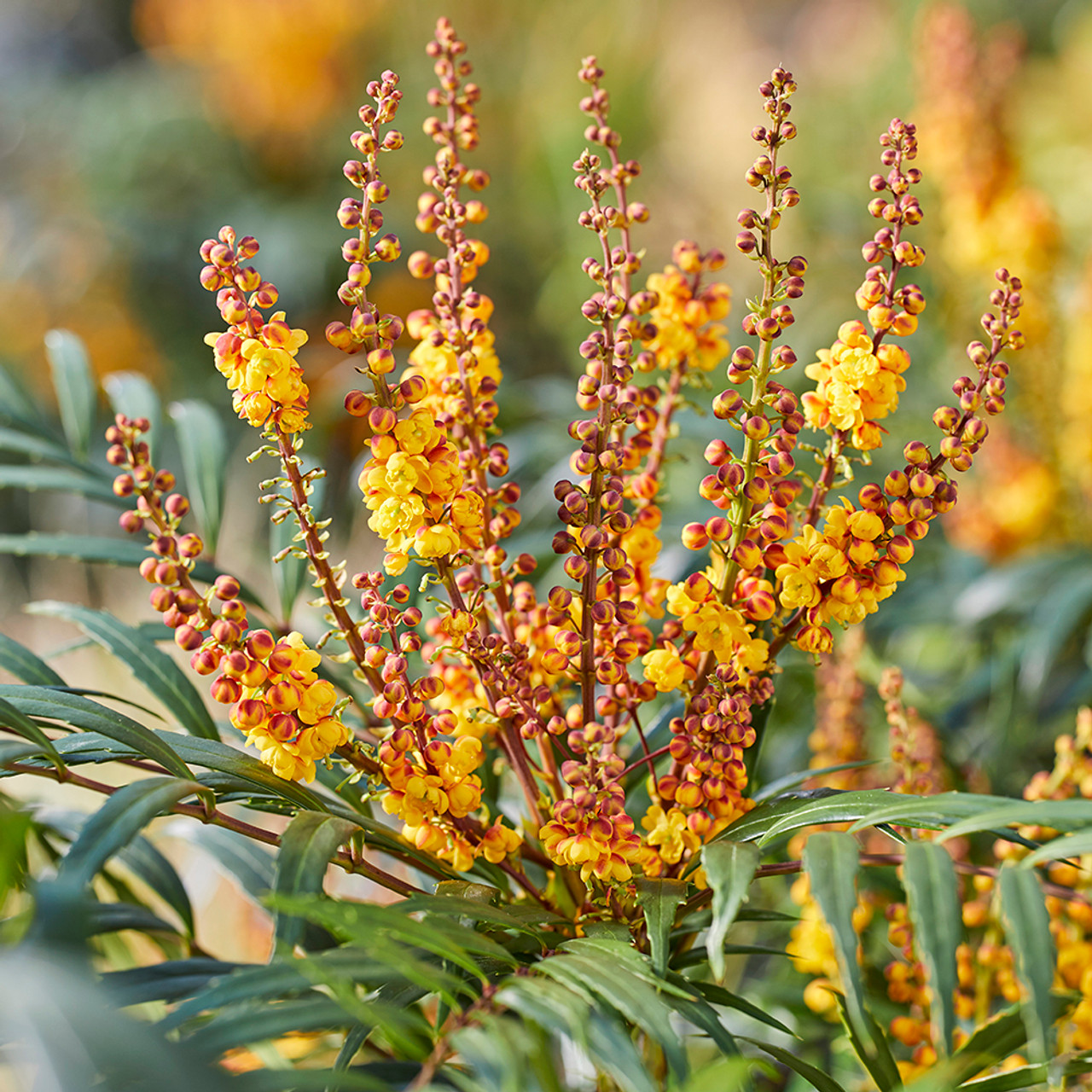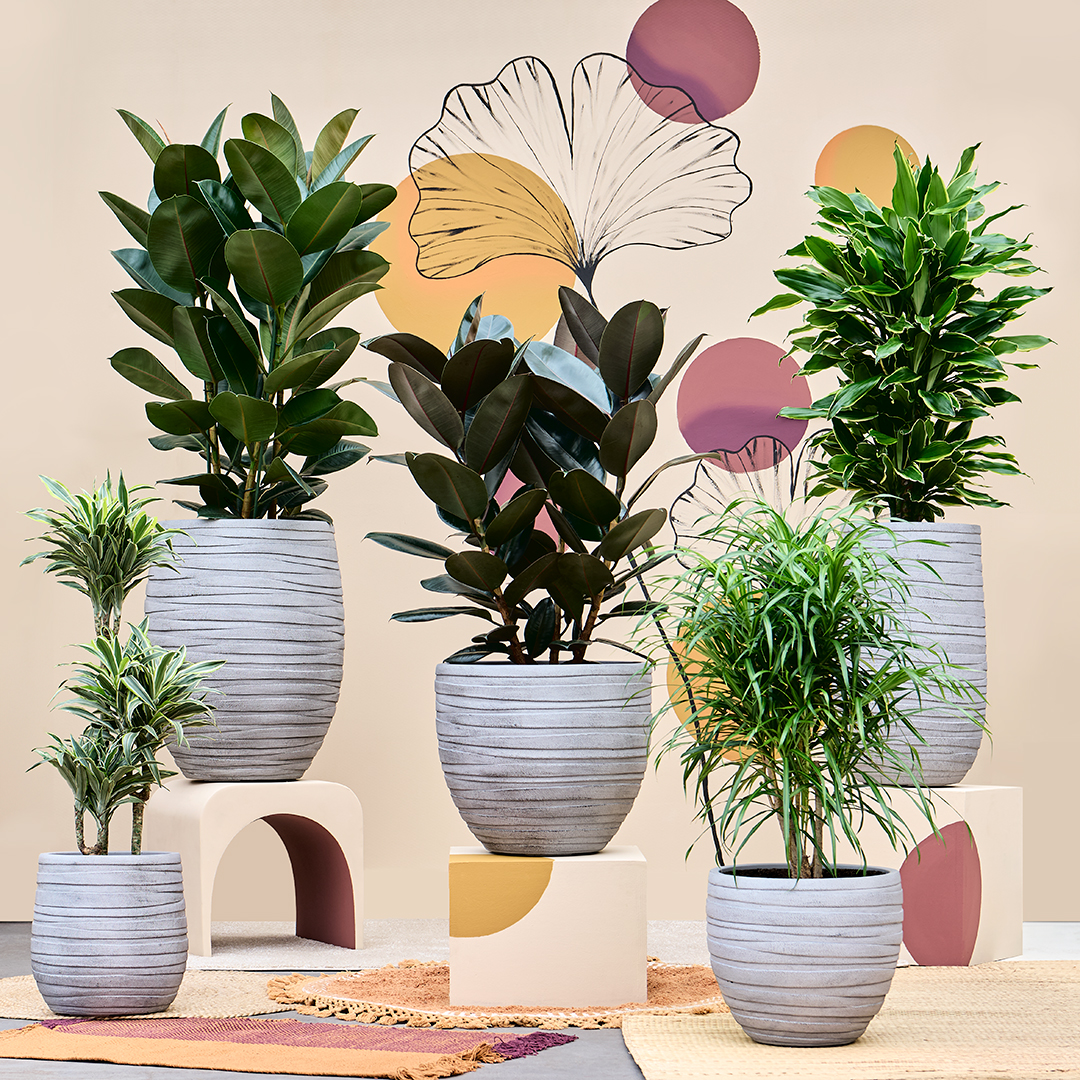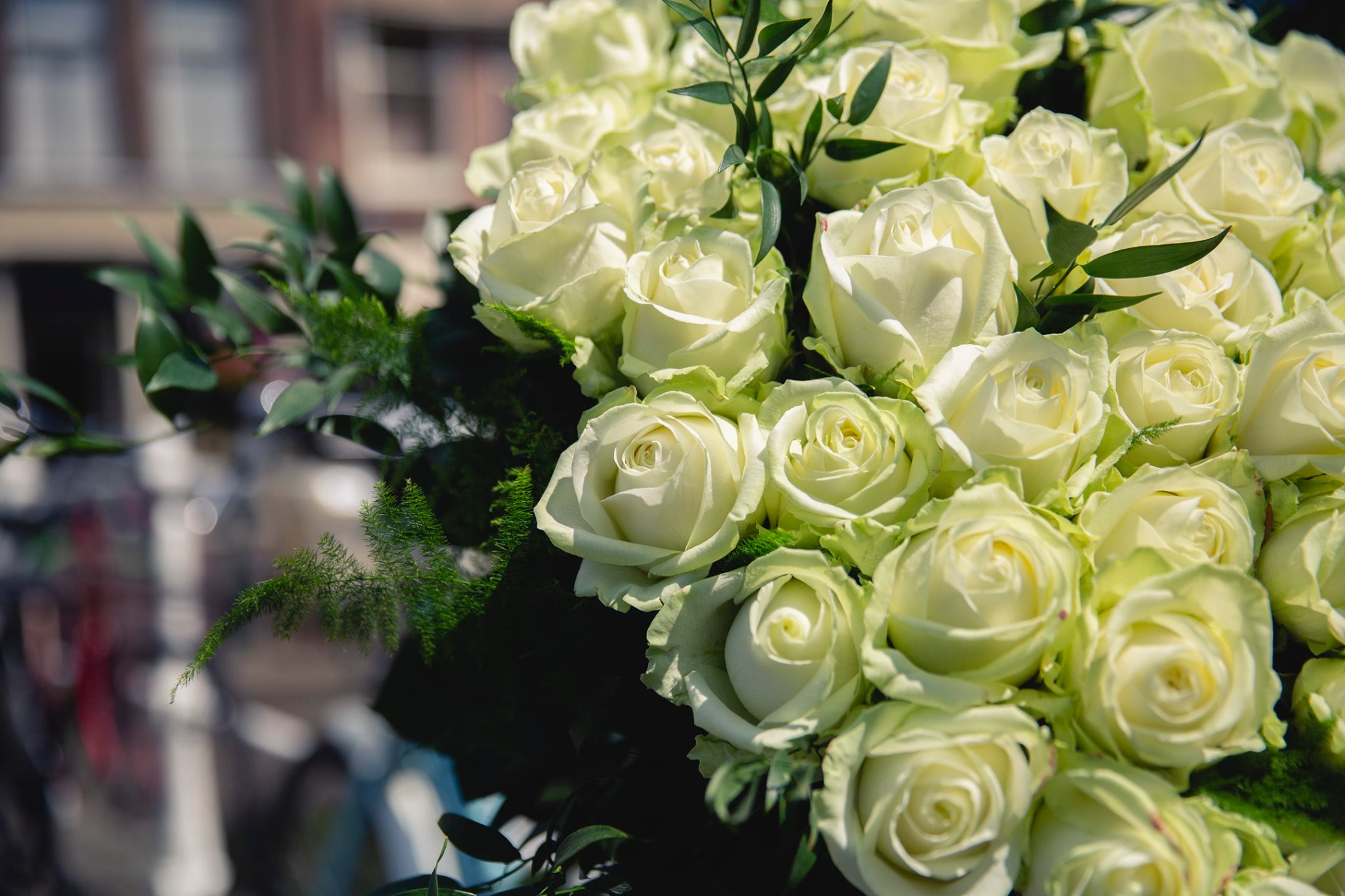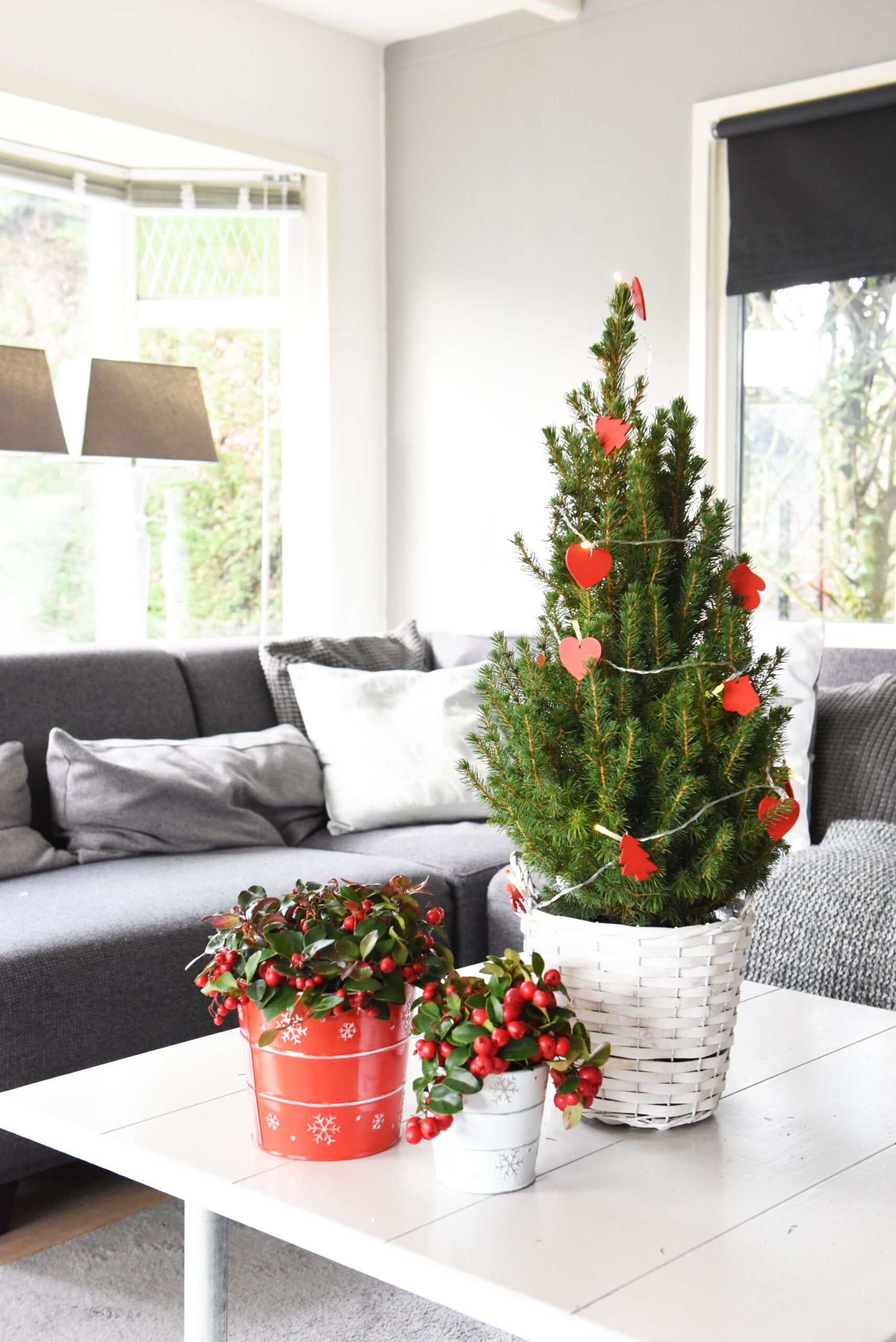The months of January and February, especially leading up to Valentine’s Day, are known as a great time for Orchid sales. While early January focused mainly on green houseplants, it’s now time to add some much-needed color to interiors. And for adding color to their interiors, customers visiting your store will likely turn to the varied assortment of Orchids, wouldn’t you agree?
The best-known and most widely sold type of Orchid is, of course, the Phalaenopsis, also called the Butterfly Orchid. However, what makes the Orchid collection available during this time of year so surprising is the variety of Orchids beyond the Phalaenopsis. In this news article, we’d like to explore the diversity within this family of houseplants and the typical blooming periods of several Orchid varieties. After all, let’s be honest, your customers have grown accustomed to the Phalaenopsis’ blooming period, which usually lasts between 2 and 6 months.
Phalaenopsis
This Orchid is available year-round, both as individual types and in mixed collections, in various shapes and sizes. There are small-flowered types, known as multiflora, and large-flowered types, called grandiflora, with sizes ranging from mini to extra-large. The Phalaenopsis collection offers a wide range of colors, from pure white to vibrant pink, and from speckled to striped flowers—everything in between.
As mentioned earlier, the blooming period of a Phalaenopsis is quite long, typically lasting 2 to 6 months. Additionally, customers often manage to get their Phalaenopsis to bloom again after its initial flowering period, sometimes multiple times.
Cambria
The Cambria-like Orchid is the result of crossbreeding between different plant genera, and therefore does not occur naturally in the wild. The flowers of the Cambria Orchid vary greatly by variety in terms of shape and size. Some Cambrias have flowers as small as 1.5 cm, while others can have flowers up to 20 cm large, with shapes ranging from round to star-like. Common colors include brownish, reddish, and purplish tones, but you’ll also find pink, white, yellow, and orange in the assortment.
The Cambria’s blooming period is shorter than that of the Phalaenopsis, but a blooming time of 6 weeks is quite common, and if the plant has multiple flower spikes, it may last even longer.
Miltonia
The Miltonia, also known as the Pansy Orchid, includes both small-flowered and large-flowered varieties. Commercial varieties usually belong to the large-flowered type. A single plant often features multiple shoots and flower spikes, with each spike producing around 5 flowers. Common colors are shades of pink, red, and purple, but you can also find white and yellow varieties.
Thanks to the large flowers, the blooming appearance is impressive, and the blooming period typically lasts 5 to 6 weeks. Miltonia plants usually have vibrant green foliage.
Oncidium
The Oncidium, also called the Tiger Orchid or Dancing Princess, gets its name from the unique shape of its flowers, which resemble a ball gown. The tiger reference comes mainly from the common yellow-red-brown color of its flowers. Each flower spike bears many flowers, each about 2 cm in size, and with multiple flower spikes per plant, it creates a true sea of blooms.
The Oncidium’s blooming period lasts about 6 to 8 weeks, and some varieties even have fragrant flowers.
Paphiopedilum
The Paphiopedilum, also known as the Lady Slipper or Slipper Orchid, owes its name to the slipper-shaped lip of its flower. Fun fact: this lip functions as an insect trap, attracting insects with its scent and promise of nectar. Once inside the flower, the insects can only exit through a narrow opening, passing the stigma and anthers, collecting pollen, and transferring it to the next flower.
The blooming period of the Paphiopedilum varies slightly by variety but usually lasts 6 to 10 weeks.
Cymbidium
The Cymbidium is an Orchid with a lush appearance, featuring long, grass-like leaves and relatively tall flower spikes that can hold 8 or more flowers. Cymbidiums come in both small-flowered and large-flowered varieties, with the latter featuring flowers up to 10 cm in diameter. Unlike many other Orchids, Cymbidiums thrive in cooler environments and can even be placed on a patio in spring. However, they prefer a spot out of direct sunlight and temperatures of at least 8°C (46°F).
With their long flower spikes and numerous blooms, Cymbidiums have a typical blooming period of 8 to 10 weeks.
Other Orchids
The Orchid family is, of course, much more extensive than the types mentioned above. For now, we’ve focused on these specific Orchids, but we’d love to share more in the future about other varieties, such as the Dendrobium, Zygopetalum, Vanda, and Cattleya, each a gem in the Orchid assortment.
If you’re eager to learn more about a wide range of Orchids, take a look at the Orchids Info website.
